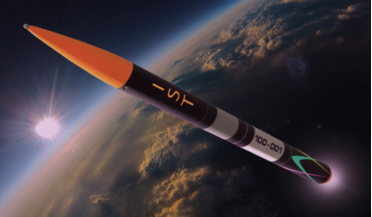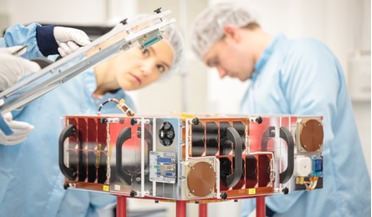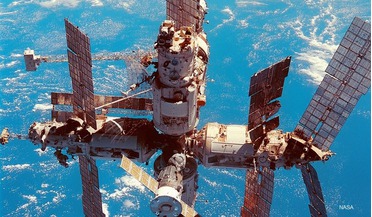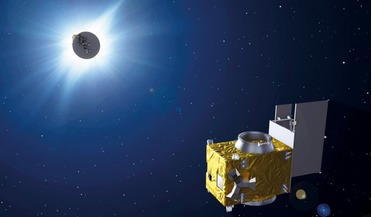 06 May 2019
Japan's first private rocket launches successfully
06 May 2019
Japan's first private rocket launches successfully
..., making it the first commercially developed Japanese rocket to reach orbit. Established in 2013 by a former internet maverick, Interstellar Technology Inc. said the unmanned rocket reached orbit after taking off from the company's test site...
 07 November 2019
SSTL ships target satellite to Tokyo for Astroscale’s ELSA-d mission
07 November 2019
SSTL ships target satellite to Tokyo for Astroscale’s ELSA-d mission
... testing ahead of launch in 2020. The ELSA-d mission is designed to simulate capture of orbital debris and validate key technologies for end-of-life spacecraft retrieval and disposal services. The Target and Chaser satellites will be attached...
 July 2014
Space 1.0 to Space 3.0: from Gagarin to market growth
July 2014
Space 1.0 to Space 3.0: from Gagarin to market growth
... and that will require innovation in a whole variety of sectors and scientific disciplines. Unlike space rocket technology, all of the technologies listed above have huge commercial potential on Earth. An example of this is that Elon Musk founded not...
 March 2015
SERC wants us all to get to grips with space junk
March 2015
SERC wants us all to get to grips with space junk
... of research aims to re-orbit and ultimately de-orbit certain common types of space debris. SERC will extend its technology for laser tracking of space debris to the use of lasers to interdict space debris immediately prior to a predicted collision...
 January 2019
Engineering six-hour solar eclipses with formation flying
January 2019
Engineering six-hour solar eclipses with formation flying
...industrial consortium is led by CSL (Centre Spatial de Liége). As seen previously, Proba-3 space segment is driven by the formation flying technology needs. On the other hand, the ground segment is built upon the heritage from previous Proba missions...
 March 2022
What space taught me about water
March 2022
What space taught me about water
... water-challenged areas of the planet, as well as specially designed water bags that incorporate a compact form of this technology as first-response equipment for natural disasters, refugee camps and civil emergencies. Aquaporin, mWater and Bioclear...